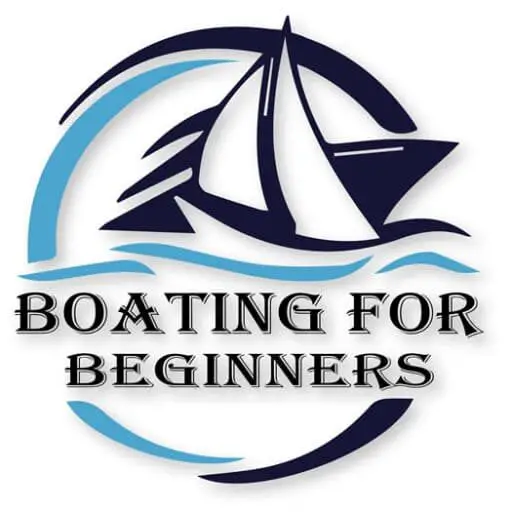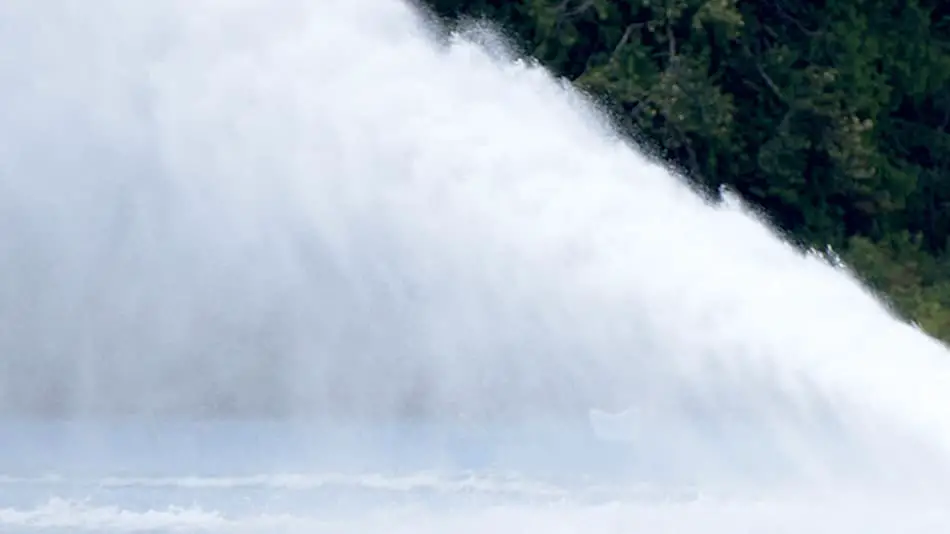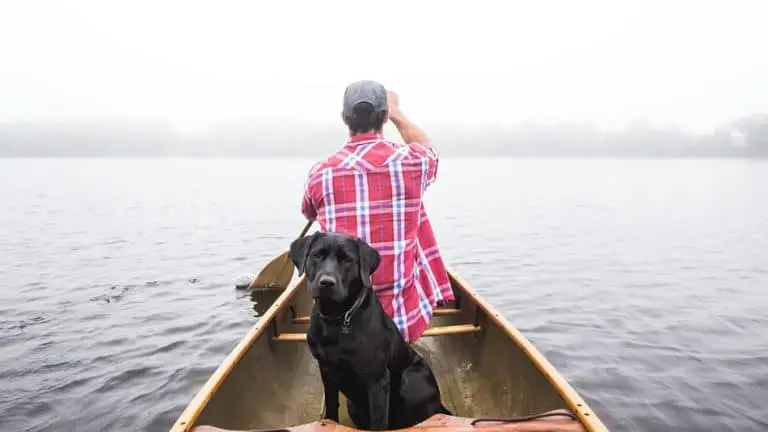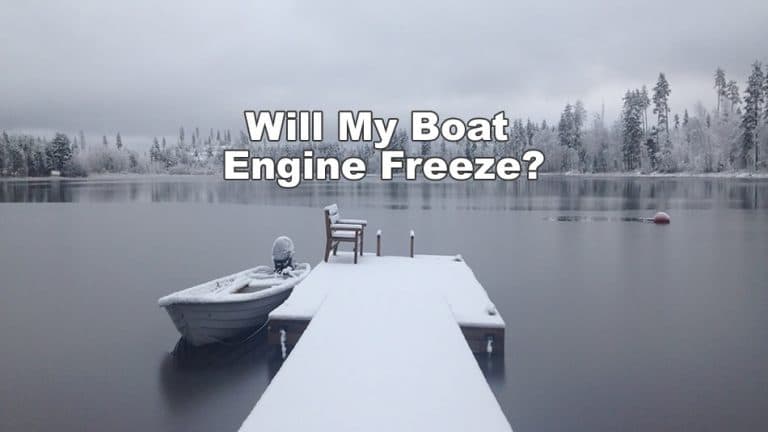What Is a Boat Rooster Tail and How You Can Make One
The term rooster tail is used in fluid dynamics, meteorology, and automotive gear shifting. But in this article, we are going to talk about rooster tail related to fluid dynamics. In fluid dynamics, a rooster tail lies directly in the wake of an object such as a boat traveling within the water and is accompanied by a protrusion vertically.
A rooster tail is produced when a boat propeller tilts back in such a way to shoot water into the air, which forms a fountain-type stream behind the boat. The height of the rooster tail depends upon the speed of the boat. The faster the propellers go, the larger a rooster tail becomes.
Generally, outboard engines are typically used to create rooster tails because they can be tilted, and the propeller can stick out above the water.
The height of the rooster tail is partly determined by the hull design of the boat. For example, if a boat makes a large rooster tail, then it means that the hull design of the boat is less efficient, and if the rooster tail is small, then it means that the hull design of the boat is more efficient.
How To Make Your Boat Throw a Rooster Tail
The design of the boat plays an important role in making a rooster tail. To make a rooster tail, you need to trim your boat’s motor according to the design of the boat.
To trim your motor follow these steps:
Step 1
When the engine is in the neutral position, use the trim switch to tilt the drive down as far as it can go. Then monitor the trim gauge of the engine or note any changes in sound from the tilt motor that will indicate that the engine is fully trimmed down.
Step 2
Put the engine in the forward gear, and slowly throttle up to a steady cruising speed. Note the reading on your GPS, speedometer, or tachometer.
Step 3
Use the trim switch and slowly tilt the engine up. The bow will slightly rise, and the boat will lift, and the speed will increase.
Step 4
Tilt the engine up continuously until the speed on the speedometer or GPS drops a little, or the rpm of the engine rises or until your propeller begins to ventilate. You want to have 1/2 of your propeller sticking out of the water, and the other half underwater.
Once you have reached perfect trim, the prop will begin to push water up and draw the water from the pad. The disturbed water will hit the prop, and then the tail will shoot up into the air behind the boat.
However, if the propeller of the boat is deeper in the water then the top of the propeller, it will catch more water (not disturbed water) and when the boat speeds up the top will lift up higher out of the water and will ultimately produce less water into the air creating a smaller rooster tail.
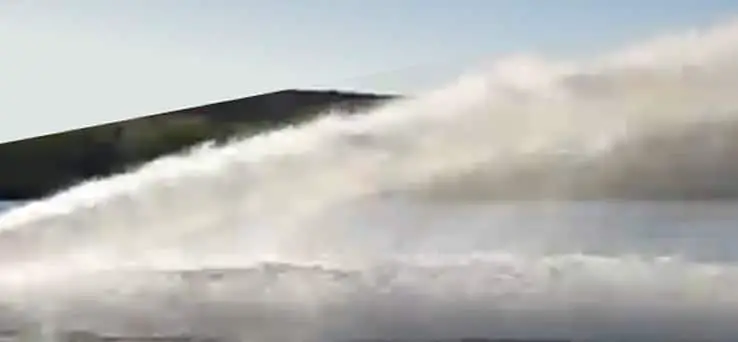
Why Can’t My Boat Throw a Rooster Tail?
To throw the perfect rooster tail, you need to have a few things working correctly for you, or otherwise, you wouldn’t be able to achieve one. Some of the reasons that might be holding you back could be as followed.
Speed
To some extent, the speed of the boat matters when throwing a rooster tail and keeping it up in the air. You can throw a rooster tail with minimal speed; it all depends on water distribution. The more water the propeller catches, the bigger your rooster tail will go. As the boat speeds up, the propeller catches more water, throwing up a larger rooster tail.
Design of the boat
The design of a boat plays an important role in producing a rooster tail. To make a rooster tail, you need to trim your boat’s motor according to the design of the boat. Also, if you trimmed your motor too far or too high, then the thrust of the water will not shoot up into the air; instead, it will get thrown towards the back of your boat.
Propeller
The propeller on the motor is also an important factor that shouldn’t get overlooked. The prop should wake to produce a large rooster tail. You want to make sure that you have half of your propeller in water, and the other half out of the water while the motor is tilted back slightly.
If your propeller is positioned properly, then when you speed up, the disturbed water will hit the prop and shoot up into the air right behind your boat. If you notice a smaller rooster tail, this could be because you have too much of the propeller still emerged underwater.
Boat Rooster Tail Devices
If you are having a hard time producing a rooster tail, not to worry, because there are a few products on the market that are available to help. Full discloser, I have not tried these devices myself, but the two main products that I was able to find are:
Rooster Booster 8 Degree Wedge
When you want to show off at the lake by creating one of the biggest rooster tails, the Rooster Booster 8 Degree Wedge can help make that happen. The Rooster Booster is specially designed for any Berkeley-style split bowl jet drive. This device comes with mounting bolts and two nozzle gaskets. It has a positive propulsion angle of 8 degrees.
Specifications:
- It has a built-in angle with 8 degrees of positive propulsion. That gives a very efficient transition starting from the bowl and ending at the nozzle.
- Easy installation
- Made of 356T aluminum
- Coated with white powder for a smooth finish.
- Creates 25 feet or longer rooster tail
- The kit comes with a couple of spouts (Nozzle) gaskets
- As well as mounting bolts for installments
The Rooster Booster 8 Degree Wedge is available from CP Performance for only $169.99
Standard Mount Rooster Boost
The Standard Mount Rooster Boost is specially designed to help boost up the rooster tail behind your boat. It is highly adjustable with a stainless and aluminum design. The Standard Mount Rooster Boost bolts directly to the transom. If your boat produces a smaller roost tail and you want to make your rooster tail go higher up into the air, then the Standard Mount Rooster Boost device is perfect for you.
The Standard Mount Rooster Boost is available at RoosterBoost.com, starting from $179.99, depending on what hull style you have.
Before You Throw a Rooster Tail
- Don’t be too distracted at what is going on behind you, that you don’t see what’s in front of you. Remember, to pay attention to everything around you and obey the rules of the water.
- Don’t be a nuisance to the other boaters, and don’t do this too close to anyone.
- Most importantly, remember to stay safe.
